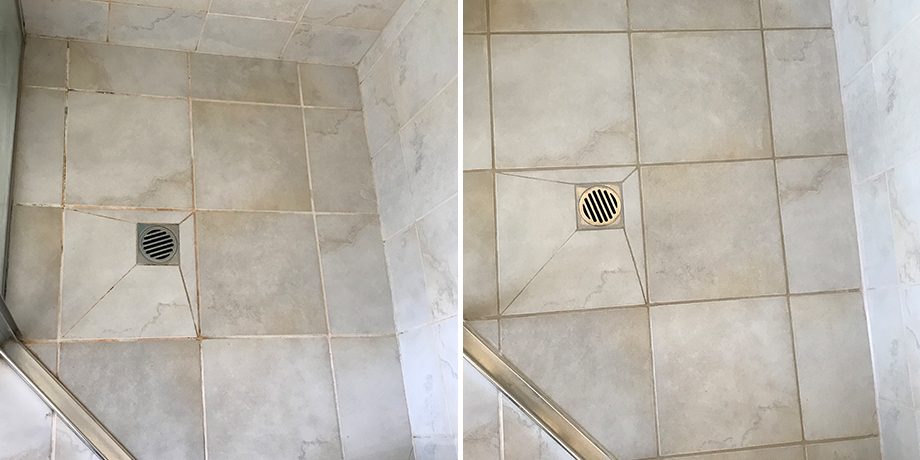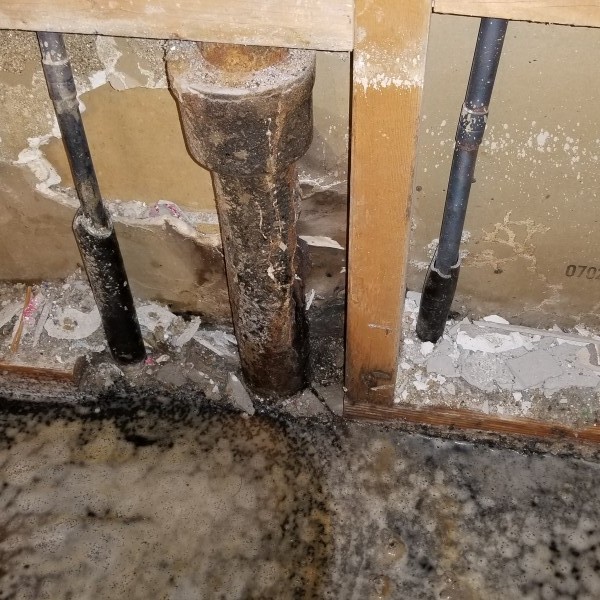Are you looking for know-how concerning How to Repair and Prevent Bathroom Water Damage?

The restroom is extremely prone for damp buildup and possible water damage because of the regular use water in it. This short article supplies simple assessment strategies to aid detecting water damage threats.
The frequent use of water in the washroom makes it extremely susceptible for wet accumulation as well as prospective water damages. By inspecting it regularly, you can decrease water relevant damages.
The following set of examinations is easy to carry out and ought to be done when in every 3 months in order to maintain your bathroom in good shape as well as to avoid prospective water problems brought on by the bathtub, the shower, pipe joints and plumbing, sinks, cupboards, as well as the bathroom
Do not disregard doing these evaluations as well as be extensive while executing them. Remember that these straightforward inspections can save you a lot of money by offering early indicators for water damages
Bath tub and also Shower
The shower as well as tub need special attention and upkeep. Inspect the ceramic tiles as well as replace if cracked. Make sure that there is no missing cement between the floor tiles. Check as well as replace fractured caulking at joints where the wall surfaces satisfy the floor or the bathtub. Clogged drains pipes and also pipelines issues will certainly protect against the bath tub from drying and might indicate serious troubles underneath the tub. Speak with a professional immediately to stop architectural damage. Take notice of stainings or soft areas around the bathtub walls as they might show an inner leakage.
Plumbing
Signs for water damages are difficult to find because many pipes are mounted inside the wall surfaces.
Pay unique focus to flooring and wall surfaces dampness and also discolorations as they might suggest an undetectable plumbing problem. Check dampness degrees in adjoining rooms also.
Sinks as well as Cabinets
Sinks and closets are revealed to dampness as well as humidity daily and also are commonly neglected. Inspect regularly under the sink and also on the countertop over it. Fix any drip in the trap as it might suggest drainpipe issues. Take a look around the sink, slow draining pipelines may show an obstructed drain. Change sink seals if they are split or loose.
The Commode
The bathroom is a susceptible water junction. Examine the water lines and look for leaks around the toilet seat, in the tube, as well as under the water container. If you discover any indicators of moisture on the flooring around the bathroom, check for leakages in the toilet rim and storage tank seals.
Be aware that hanging commode bowl deodorants raises the opportunities for blockages.
Water Damage Signs In The Bathroom To Avoid Cleanup
Musty smell
This is one of the easiest signs to catch because musty smells are so odorous. The damp, earthy, moldy smell should be a big red flag. The smell will develop when moisture gets trapped in surfaces, and begins to facilitate mold growth. Leaking pipes under cabinets, inside walls, and behind shower fixtures will cause moisture to stay trapped and not dry, which will lead to mold growth and spread. As soon as you notice any musty smells in your bathroom, have it checked for hidden water damage and cleanup signs.
Visible mold
If the smell isn’t there to give it away, sometimes you will actually see mold growth. Finding mold in your bathroom is a serious problem, because mold is very harmful to your health. By the time mold growth is visible, it also means that water damage has already occurred and been present for some time. The only way the mold problem can be resolved is to find the source of the moisture and get it stopped. To safely and adequately remove mold, you need to have professionals handle the remediation. Do not waste any time in getting mold problems addressed, fixed, and sanitized so that you can protect you and your family from the many respiratory symptoms caused by mold exposure.
Damaged floors
Bathroom floors should be able to withstand some exposure to water while still remaining in good condition. However, when excess exposure or water leaks occur, they will begin to damage even the most water-resistant flooring. If you notice any cracking, bubbling, staining, or warping on your bathroom floors, there is probably a water leak somewhere causing the distortion. If you notice areas of the floor have become softer, or even have a spongy feeling, there is probably damage to the subfloor. Subflooring is typically made up of plywood. When plywood is exposed to water or moisture, it will absorb it. Once it has become saturated, the weight of the excess water will cause the wood to swell and soften. Check the floors in your bathroom frequently to catch any of these sings before they lead to damaged subflooring.
Changes on walls
When water leaks behind walls, it will cause changes in the drywall. Peeling plaster, blistering paint, and soggy wallpaper are all good indicators that excess water is building up behind the wall. Water leaking behind drywall will cause it to swell and be soft to the tough. If you start to notice gaps along the trim of your walls, or where tile meets the wall, it could also be a strong indicator that there is a leak behind the wall. Any changes, distortion, or damage on the walls should be evaluated as soon as you notice it to prevent further water damage and cleanup.

Do you enjoy more info about Preventing Water Damage in the Bathroom? Write feedback further down. We will be delighted to know your opinion about this page. We hope that you come back again before long. Do you know about somebody else who is excited about Preventing Water Damage in the Bathroom? Why not share it. Bless you for your time. Don't hesitate to check up our blog back soon.
Visit Homepage